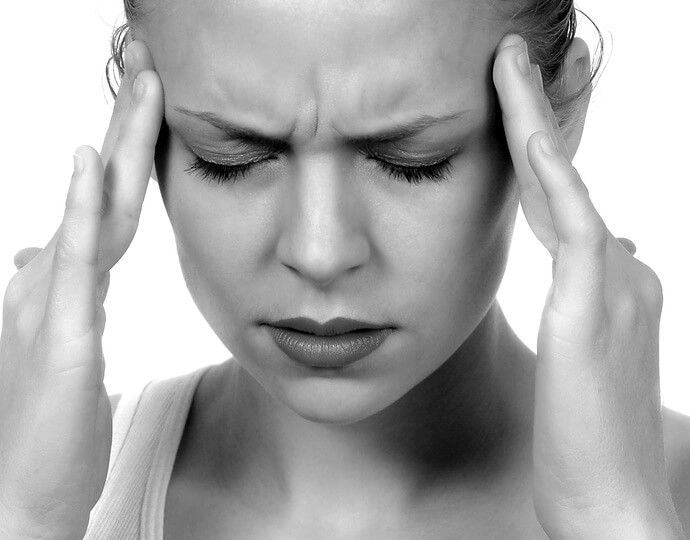Headaches

Headaches are a common ailment experienced by most people. There is a vast array of factors that may contribute to a headache from musculoskeletal issues, hormones, dehydration, allergies, food and much, much more. Headaches that arrives from the neck are classified as cervicogenic headaches and can be treated successfully by physiotherapists.
Musculoskeletal factors such as tension in muscles, stiff joints or irritated discs will often not only cause a headache, but pain and symptoms in the neck and even arms. With a cervicogenic headache, you may find that your symptoms are exacerbated with neck or arm movements; or prolonged postures (such as driving or sitting in front of a computer for an extended period of time).
Tension-type headaches are another common type of headache that is also often associated with poor posture and tight musculature, as well as lifestyle stresses. Other headaches may also arise from the tempromandibular (jaw) joint and may be the result of an injury to the jaw (as during contact sport, a fall or car accident), teeth grinding and jaw clenching.
Physiotherapists can successfully manage and treat many types of headaches. They will perform a thorough assessment which will involve asking you about any causative factors, the region of your headache and other associated symptoms. They will look at your posture, range of movement, muscle activation and tension. Based on their findings they will be able to help determine the type of headache you have and devise the best management strategy for you.
Physiotherapy treatment for headaches includes hands-on manual therapies such as massage, dry needling, cupping and joint mobilisation. They will also often use taping as a strategy to take strain off structures and aid postural re-education. They will often provide ergonomic advice and can help with office and car set ups. An exercise program is usually provided and depending on your type of headache it may include exercises aimed at improving any postural deficits, strengthening deep neck stabilising muscles, stretching tight structures and range of motion exercises.
.svg)